

AI Agents in the Workplace: Transforming How We Work
AI agents are reshaping the workplace; boosting productivity, raising trust issues, and revealing hidden human and financial costs behind automation.
Behind The Algorithm: AI Coworkers Changing Work But Can They Be
Trusted?
agents are slowly turning into the invisible colleagues we never imagined we
would have. As they reshape the workplace completely, AI agents are virtual
assistants made to transform the working world and revolutionize it. Created to
autonomously perform tasks on behalf of users, they can make decisions and
adapt by learning through training data and storing memory over time. These
agents are also capable of doing many functions to facilitate workflow for the
important focus of humans on complex tasks.
The AI Myth: A Great Promise or A Broken One?
paradox that we keep falling in when it comes to AI. Almost every time AI is
mentioned, it naturally means a tool that speeds up work and is on the road to
replacing human labor. While, in reality, the truth lies in the real work that
is being done to make AI usable in the workplace. How is AI really powered and
programmed for companies to be able to use it for their executive or simple
tasks? Not only that, but the trust gap is a problem that seems to always exist
when it comes to technology. With its development and endless advance into the
future, the challenges that biased tools favoring certain demographics, hacking
and cyber-attacks will impose won’t cease to exist. How can AI ever be
trustworthy, when the requirement of sensitive data collection exists? When does
it inherit bias? When does hacking continue to evolve with it?
Why Productivity Comes With a 500,000$ Hidden cost
productivity is always the main advantage everyone focuses on. How is it that
productive though? There is a lot of work that goes into overseeing AI’s work,
which means supervising, fixing, correcting possible mistakes that may occur.
Our “autonomous” coworkers are, in fact, systems that require a lot of
attention and complex continuous maintenance. Often, the supervision might
create more work for employees. From fine-tuning outputs to labeling data and
correcting errors, workers are becoming overloaded with work due to AI than
having it decrease their job problems. For instance, the costs of AI
maintenance range from 5,000$ to over 500,000$ for simple models to complex
systems respectively, other than the electricity and water resources used in
AI. Amazon’s Just Walk Out technology was a total success with its improved
algorithms, allowing customers to pick out their groceries and simply walk out
of the store, an innovative and more advanced self-check-out. While this
process was looking very smooth, there were over 1,000 employees operating
behind the scenes in India, labeling videos to make sure the checkouts were
being correctly and safely executed. Companies like Amazon invested 1.2B
dollars in AI training for employees, but the main plan of training algorithms
turned into operating most of their work.
Trust Issues Here To Stay
will never feel safe enough. When AI agents are programmed and built on
training data, they need sensitive data to function properly and work
effectively. As they require such significant personal information, people will
always have issues working with these virtual agents. Their collection of
important data unlocks doors to attacks, impersonations, or even scams as
hacking becomes not only easier, but faster. Although it is a long process,
there are many new futuristic ways to make cyber-attacks, just like Microsoft’s
VALL-E that is capable of easily synthesizing personalized speech with 3-second
recordings of unseen speakers. Other methods have now been upgraded with the
addition of AI such as prompt injection, AI brute force attacks, AI hack
phishing and more. While deepfakes are also wildly used for promotional
purposes, the World Economic Forum confirmed a percentage of 66% of
cybersecurity professionals to have experienced deepfake attacks within the
organizations they work in, only in 2022. Additionally, trust is hard to obtain
when artificial agents have high risks of bias. Just like a normal employee, AI
agents get training data and base their judgment and work off of it. Amazon’s AI
recruitment tool was exemplary of that bias as it showed favoritism against
women after reviewing resumes and giving each job candidate scores, or stars.
The reason was found to be the observation of the AI system of patterns in
resumes submitted to Amazon over a period of 10 years, where most were male
candidates for software developing or other technical positions.
Can There Be A Future With AI
Then?
nature of the workplace as a whole, AI agents are undeniably evolving into
coworkers and colleagues. However, this integration comes with many complicated
challenges that must be faced and fixed. From behind-the-scenes human labor to
cybersecurity threats and biases, AI systems must be monitored, maintained, and
well-trained with fair benefit of demographics. This can only be attained
through advocation and demand for supportive regulations, strengthened security
measures, and smart investments made in order to allow humans and AI agents to
cooperate and work on their strengths for more effective results. Resisting AI
isn’t going to enhance its capacities but developing it responsibly and
prioritizing both humanity and innovation at once.
Comments





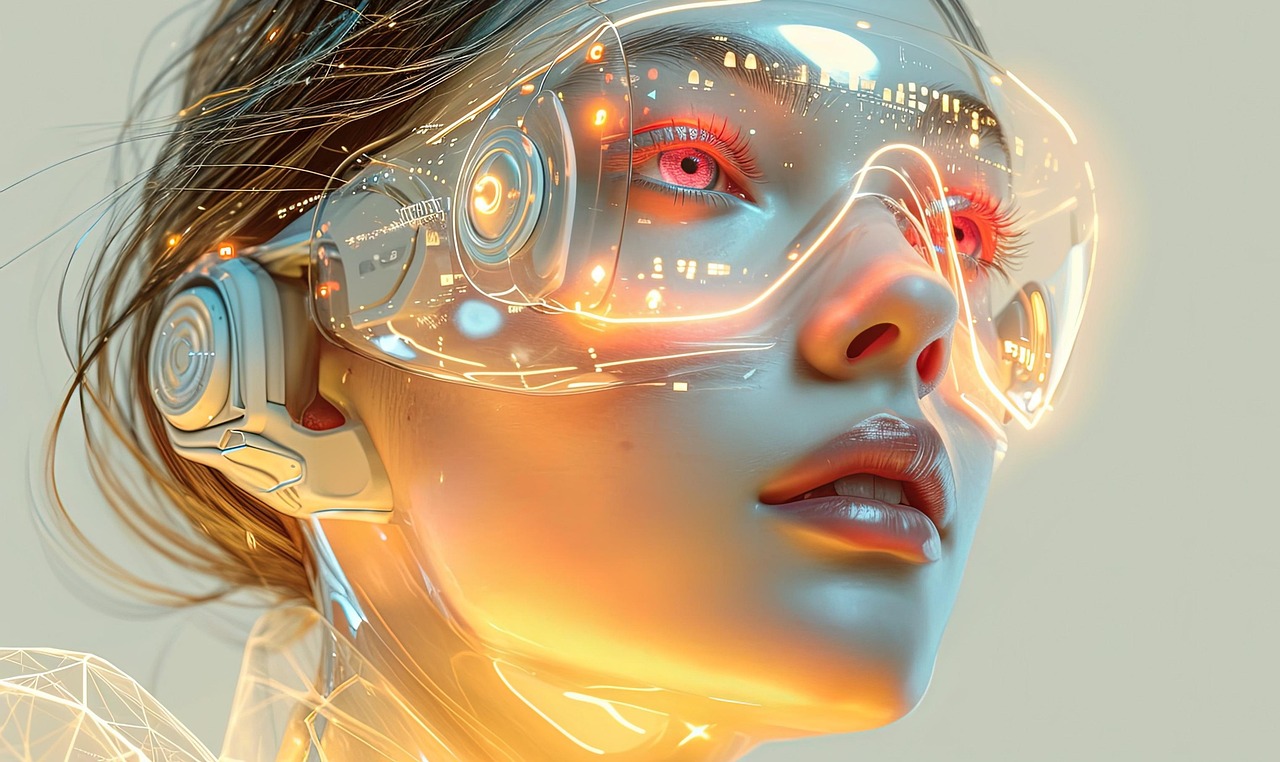
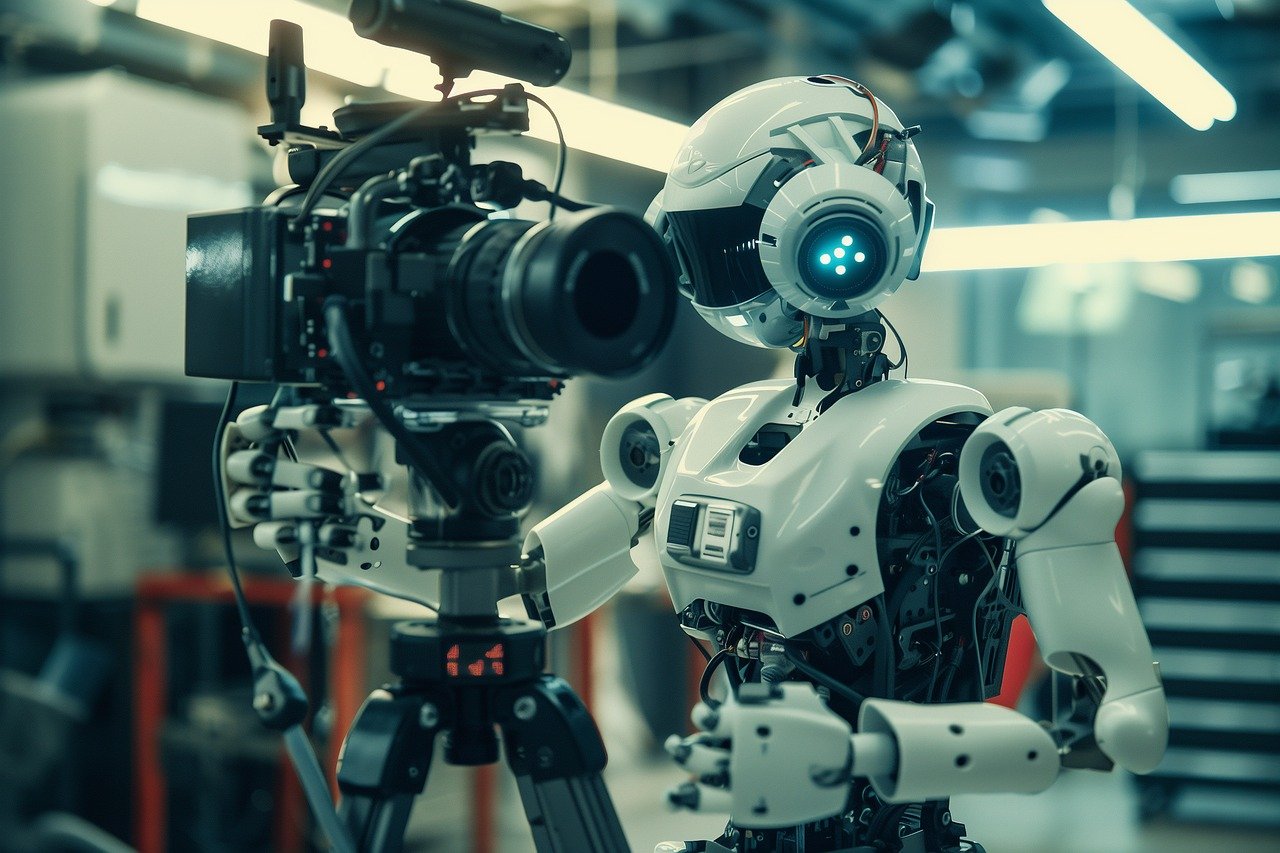
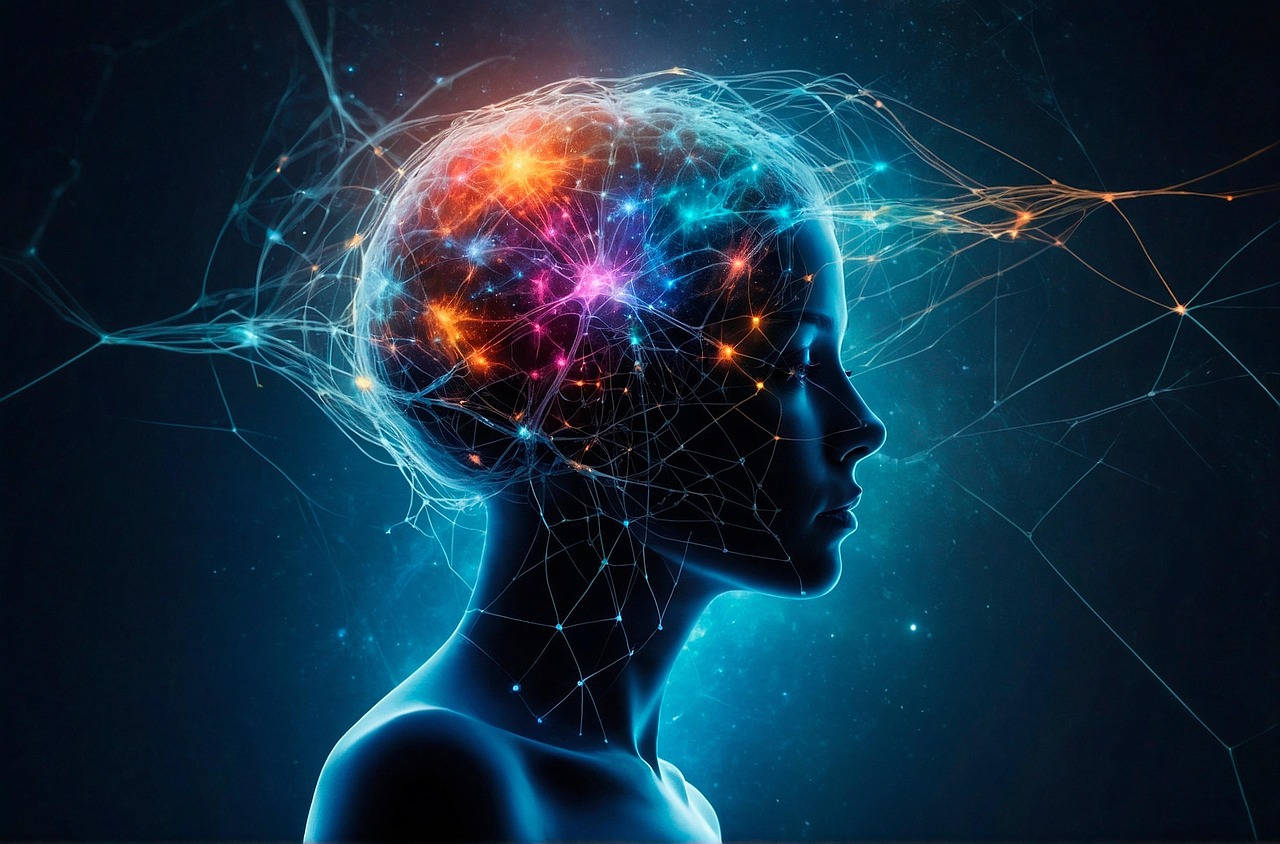
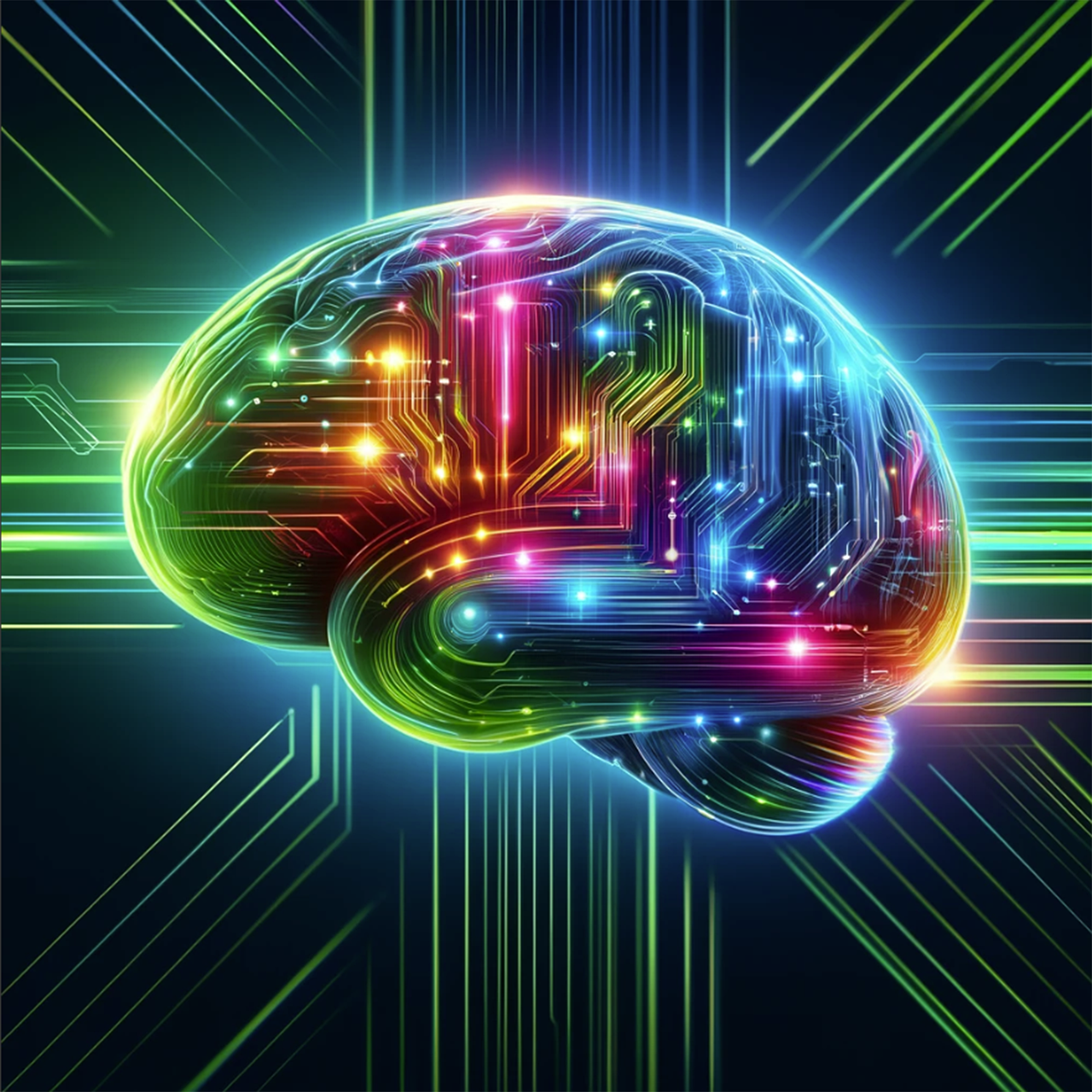
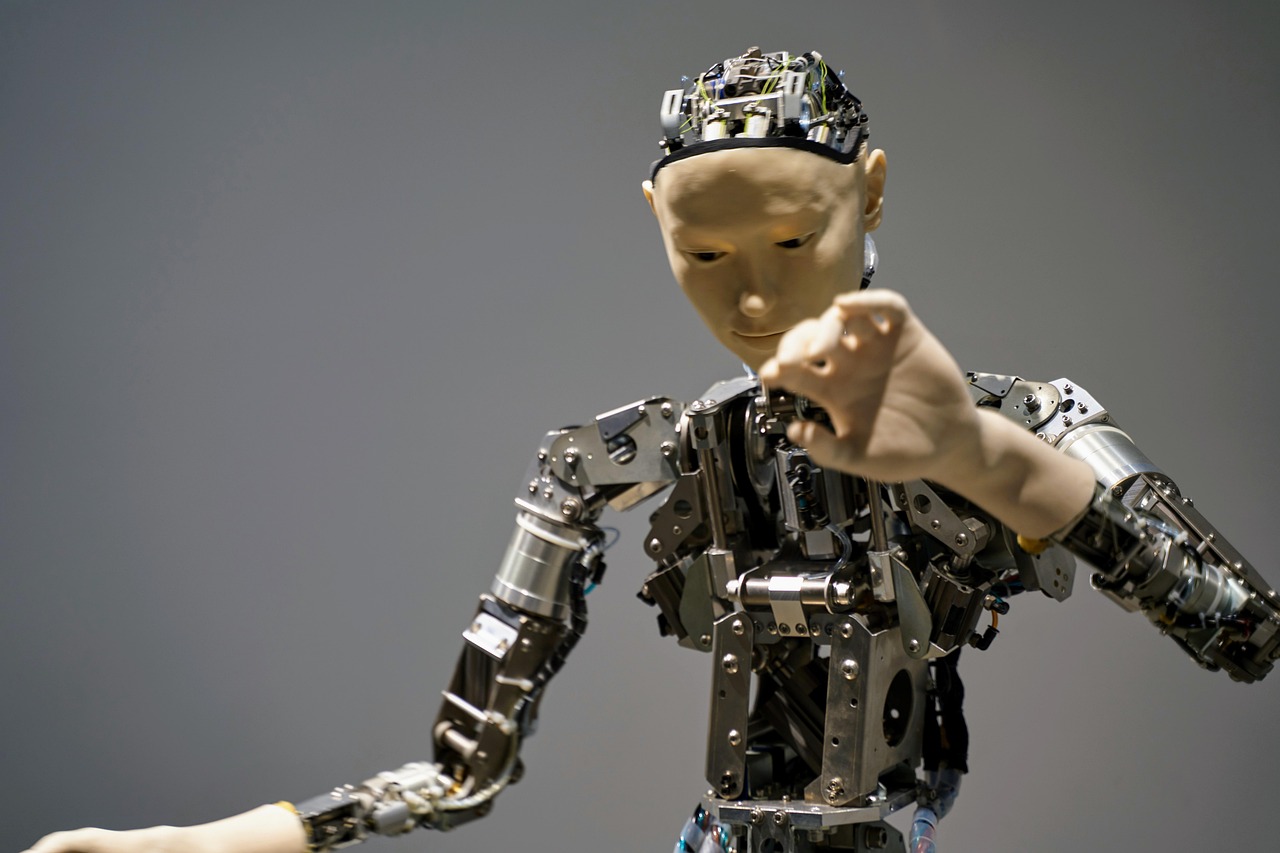

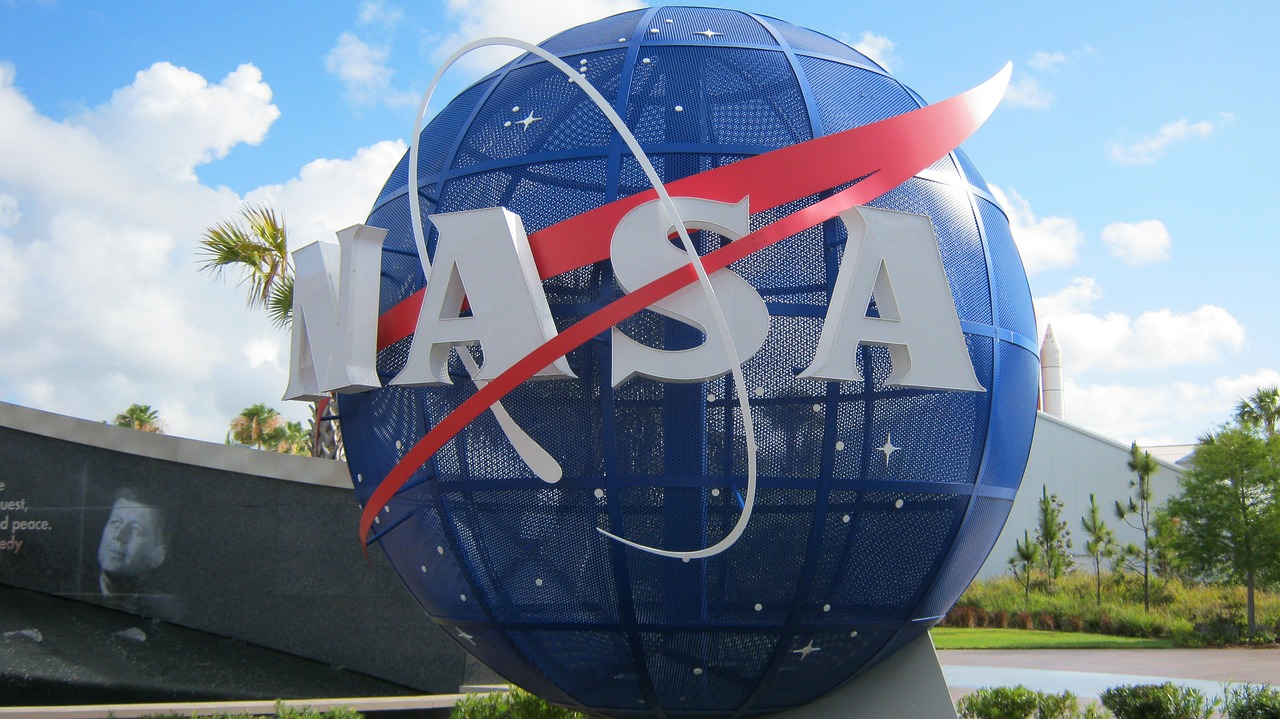



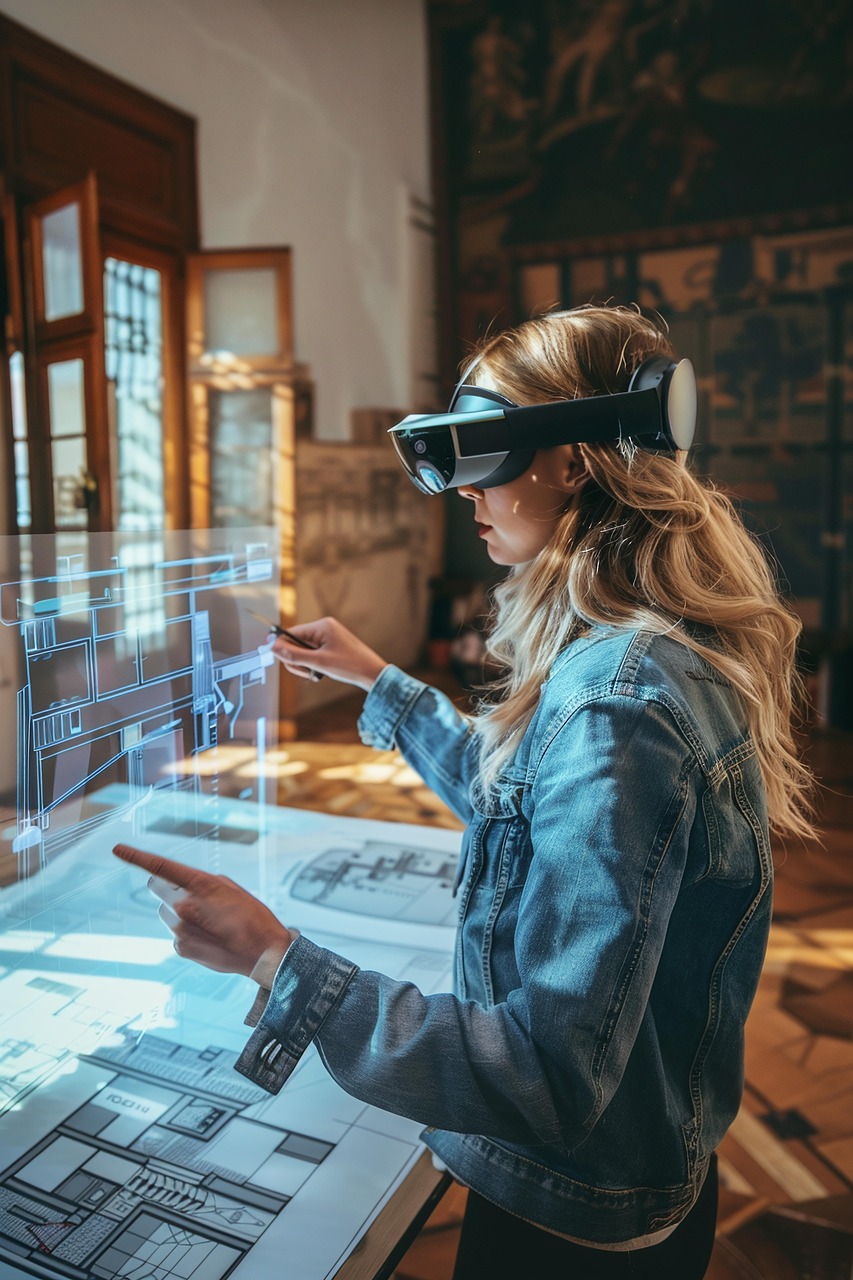
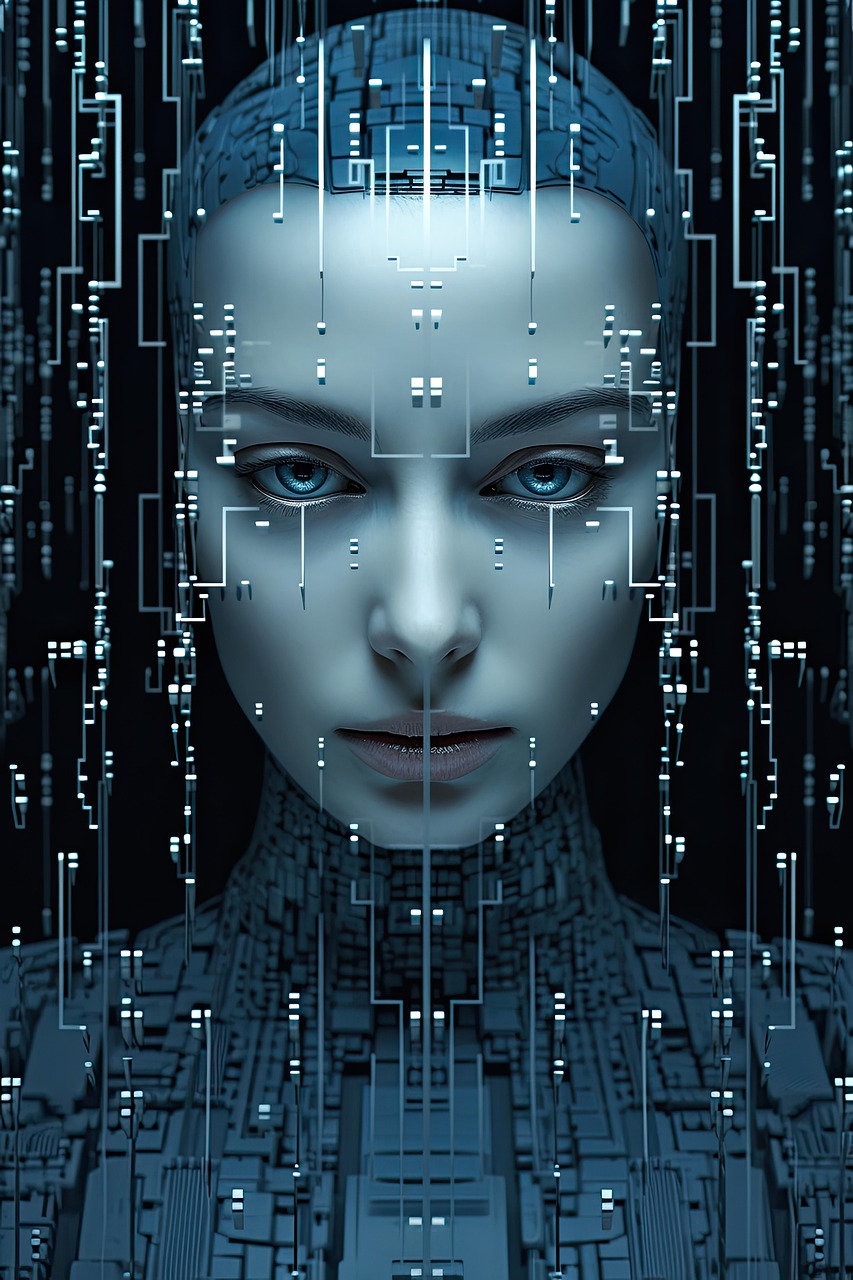


Reply to Comment